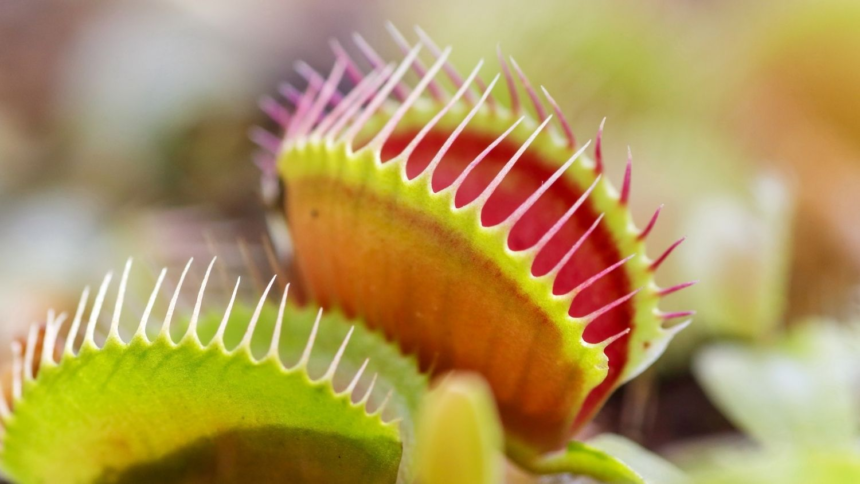The Venus flytraps : Explore the fascinating characteristics that make Venus Flytraps stand out in the plant kingdom. Learn about their intriguing adaptations and how they consume prey.
The Venus flytraps : Introduction
The Venus flytrap is perhaps the most iconic carnivorous plant, captivating the imaginations of people around the world with its small yet ominous appearance. Sold as novelties, these plants have entertained countless curious individuals who have triggered their sinister traps with pencils, marveling at their remarkably rapid response. However, the world of carnivorous plants extends far beyond the famous Venus flytrap, encompassing over 600 species that have evolved the ability to catch and digest prey independently at least six times among flowering plants.
ALSO READ : The Majestic Rhinoceros : Giants Of The Land Facing A Precarious Future
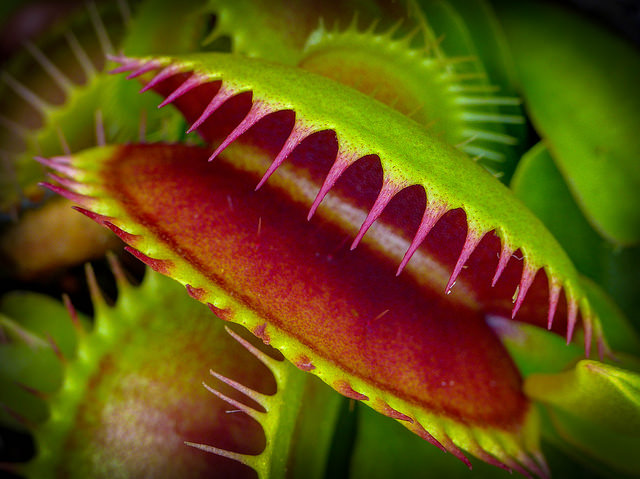
Surviving in challenging environments
Carnivory in plants is not a mere quirk of nature; it serves a crucial purpose. These remarkable plants have adapted to survive in poor soil conditions, allowing them to thrive in habitats such as bogs that are inhospitable to other vegetation. Unlike their non-carnivorous counterparts, these plants do not rely solely on photosynthesis for nutrients. Instead, they have developed unique mechanisms to capture and digest prey, supplementing their diet with essential elements like nitrogen that are scarce in their harsh environments.
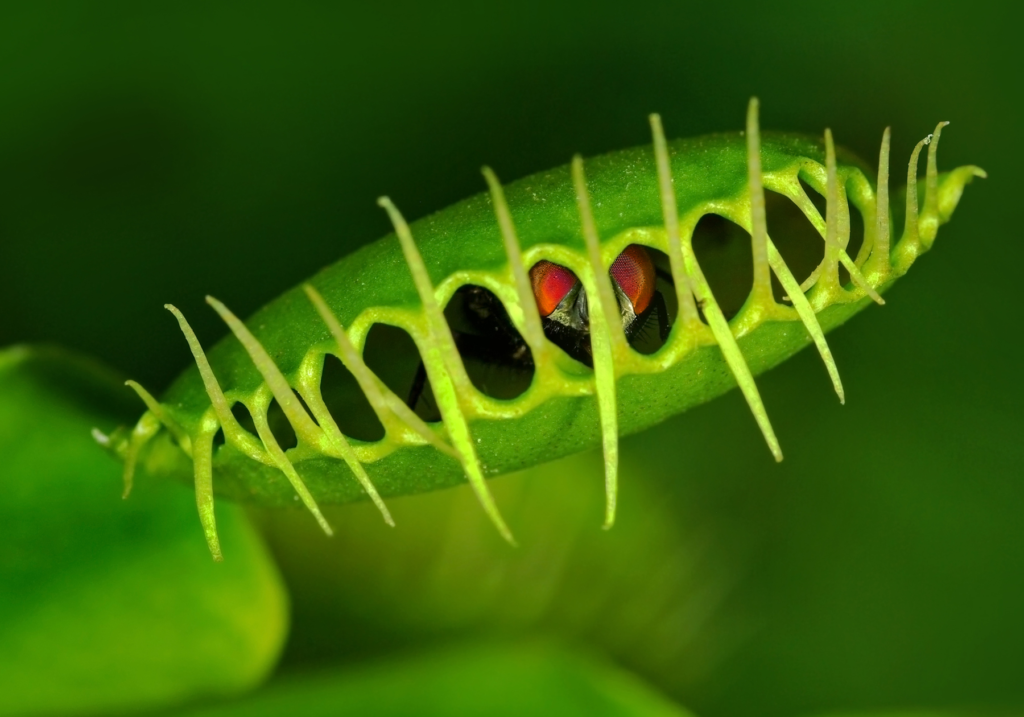
Diverse mechanisms of predation
These captivating carnivorous plants showcase an astonishing variety of predation mechanisms, each uniquely adapted to secure nourishment in their respective environments. The passive pitfall traps employed by pitcher plants rely on a deceptive allure, luring unsuspecting prey into a liquid-filled chamber where digestion takes place. The adhesive leaves of sundews and butterworts, adorned with sticky glandular hairs, ensnare insects that make the fatal mistake of landing on them. Meanwhile, the Venus flytrap employs rapid “snap traps” triggered by sensitive trigger hairs, swiftly closing upon any unfortunate insect that brushes against them.
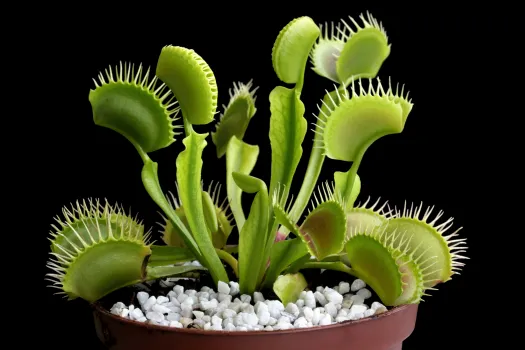
While the majority of carnivorous plants specialize in attracting and digesting insects and other small invertebrates, some larger pitcher plants display a remarkable ability to consume more substantial prey. These plants have been documented capturing and digesting frogs, rodents, and even other vertebrates, showcasing the versatility and adaptability of these fascinating botanical predators. This diverse range of predatory strategies highlights the ingenuity of nature in developing solutions to the perpetual challenge of securing nutrients in environments where traditional nutrient sources might be scarce.
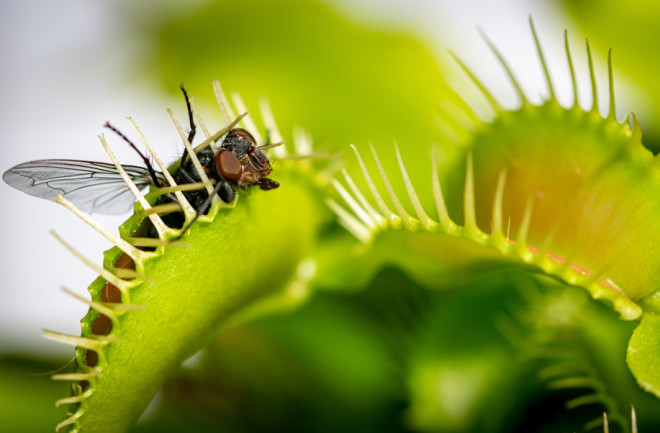
The unique nutritional strategy
In addition to their unique method of acquiring supplementary nutrients, carnivorous plants have evolved a fascinating array of mechanisms to attract, capture, and digest their prey. Each carnivorous plant species has its own specialized adaptations, such as the sticky hairs of sundews, the snap traps of Venus flytraps, or the pitcher-shaped leaves of pitcher plants. These ingenious structures serve as sophisticated tools to lure, ensnare, and break down insects, ensuring an efficient extraction of essential nutrients like nitrogen and phosphorus.
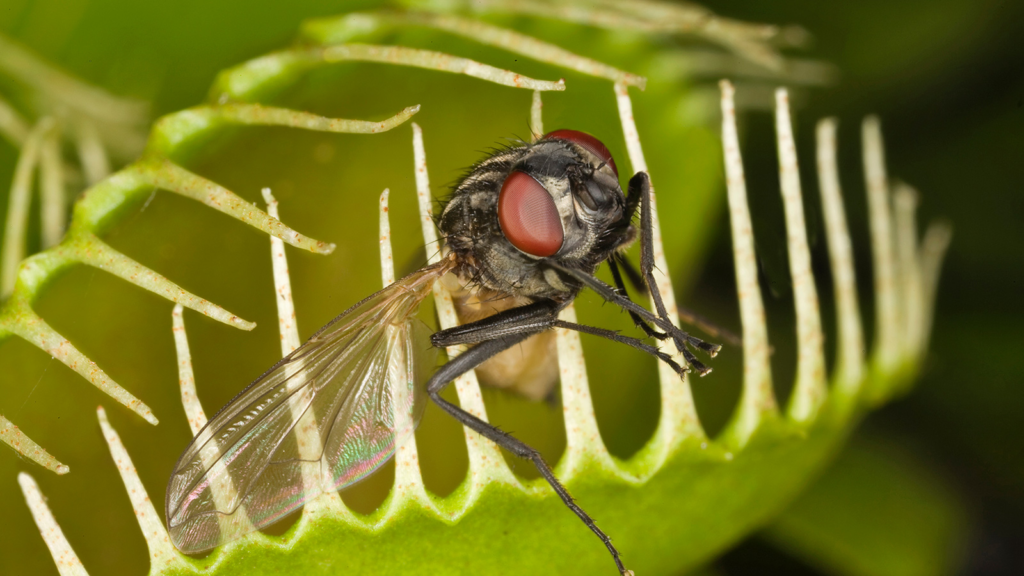
The ability to derive additional nourishment from insects allows carnivorous plants to thrive in habitats where conventional nutrient sources are scarce, such as nutrient-deficient soils or acidic bogs. This strategic advantage not only aids their survival but also enhances their ecological competitiveness, enabling them to flourish in environments where non-carnivorous plants may struggle to meet their nutritional requirements. The evolution of carnivorous traits showcases nature’s remarkable ability to adapt and exploit diverse strategies for survival in challenging ecological niches.
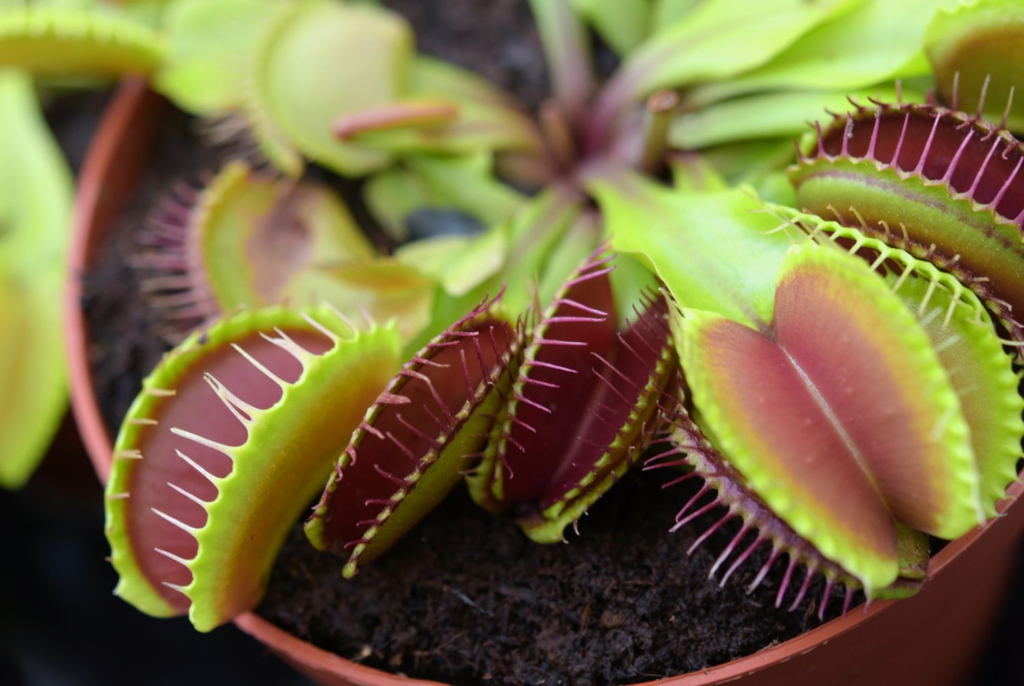
Conservation challenges
Despite their remarkable adaptations, many carnivorous plants face serious threats. Restricted to narrow geographic areas, numerous species are endangered due to habitat loss and overcollection. The unique environments they inhabit are increasingly at risk, leading to a decline in their populations. Efforts to conserve and protect these extraordinary plants are essential to ensure their survival.
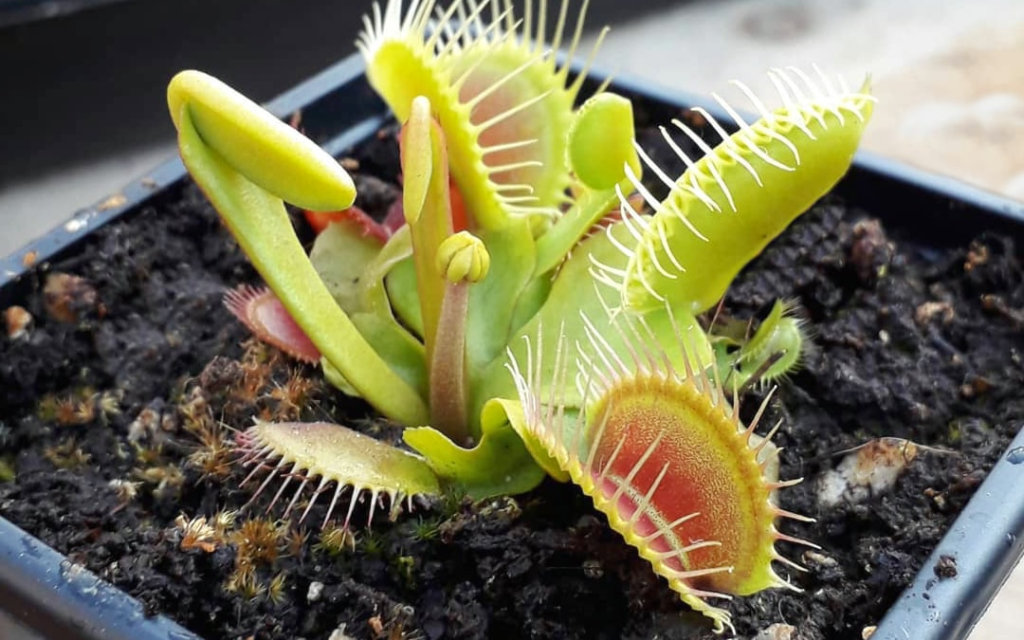
Conclusion
Beyond the well-known Venus flytrap lies a world of carnivorous plants, each with its own captivating adaptations and survival strategies. These botanical wonders have evolved to thrive in challenging environments, employing diverse mechanisms to capture prey and supplement their nutrient intake. As we marvel at their unique features, it is crucial to recognize the conservation challenges they face and work towards preserving these extraordinary species for future generations to appreciate.
To explore more news : Click Here
ALSO READ : The Arctic Fox : A Resilient Survivor Of The Frozen Tundra’s Icy Embrace







